Account Login
Don't have an account? Create One

Two years ago, tourism in Atlantic Canada was down for the count and some wondered if it would ever get up again.
But then came 2022 and what a difference that year made.
Dispiriting as the pandemic lockdowns and social distancing were for scores of Atlantic Canadians, it was economically disastrous for the region’s tourism industry. Hotels, campgrounds, restaurants, art galleries, farmers’ markets, community gardens, concerts, and sporting events closed or vanished overnight, along with countless millions in potential sales from Yarmouth to Twillingate, from Port Bickerton to Petit Rocher.
Then, finally, came 2022 and the start of a dramatic turnaround. Now—according to community, business, and cultural leaders interviewed by —tourism in Atlantic Canada is staging such a compelling comeback that industry types are making plans with the kind of gusto not seen in … well … two years.
“I think we’ve actually come back stronger and more adaptable than we were,” says Joanne Bérubé Gagné, executive director of Edmundston Tourism in New Brunswick. “People have worked together and made things happen for themselves to keep the ball rolling.”
Notes Darrin Bent, mayor of Conception Bay South, a seaside community of 27,000 about 20 minutes from downtown St. John’s: “We’ve definitely bounced back. It is very encouraging to see how so many of our enterprises are still here, and still growing.”

“We’ve definitely bounced back. It is very encouraging to see how so many of our enterprises are still here, and still growing.”
—Darrin Bent, mayor, Town of Conception Bay South
Rhonda Tulk-Lane, CEO of MusicNL, says the 2022 season helped confirm the key role local musicians play in tourism: “It was about putting music front and centre.”
Says The Algonquin Resort’s director of sales and marketing, Lisa Porter, in St. Andrews, N.B.: “We saw a phenomenal jump in most areas of travel and that made it a record-breaking year. It was amazing to create that kind of buzz among the staff and in the town.”
For Dennis Campbell, CEO of Halifax tour operator Ambassatours Gray Line, “this past season was fantastic—a wonderful comeback that exceeded all our expectations. And that was with Hurricane Fiona knocking out 71 cruise ship arrivals for us.”
And for Heather McKenna, mayor of the tiny P.E.I. town of North Rustico, with a resident population of 800, the season was, quite simply, a party. Over the years, her community has become a Mecca for Canada Day celebrations—a function both of its location in the heart of Anne of Green Gables country and its innate friendliness. As many as 10,000 tourists have gathered annually there. But, McKenna says, “Last year, there were more people than that. It was fantastic. The fireworks were phenomenal. We were back better than ever.”
In fact, the data tends to back up the brags.
According to the most up-to-date stats from Tourism Nova Scotia, 1.6-million visitors came to the province between January and October last year, an increase of 910,000 compared with the same period in 2021. (That was still 20 per cent below 2019 levels, but the trend was up). Even late in the season, the indicators continued to improve: “Nova Scotia welcomed 172,000 visitors in October 2022, a 48 per cent increase (56,000 more visitors) compared with October 2021, and a decline of 12 per cent (22,000 fewer visitors) compared with October 2019 … [Overall, in 2022] 646,000 visitors arrived by air (up 241 per cent, compared with 2021 and down five per cent compared with 2019).”
New Brunswick’s Department of Tourism, Heritage and Culture reported that the number of room sales (hotels and other fixed accommodations) in the province between January and November 2022 grew by 52 per cent, compared with the year before: 1,621,713 versus 1,068,457. Moreover, sales by origin showed a substantial uptick in travellers from Ontario, Quebec and other Canadian provinces: 93, 62 and 92 per cent more, respectively, last year than in 2021. The province’s top five attractions also registered massive increases in visitation: Roosevelt Campobello International Park up a whopping 1,472 per cent; Hopewell Rocks up 99 per cent; Le Pays de la Sagouine up 91 per cent; Village Historique Acadian up 77 per cent; and Fundy Trail up 34 per cent.
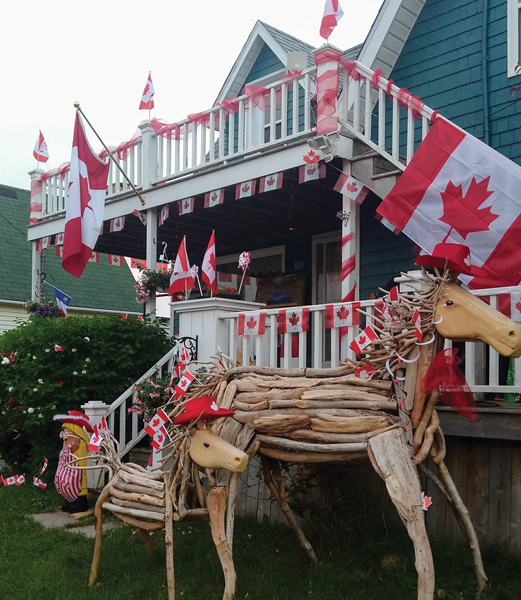
On Prince Edward Island, the story was much the same. Total visitation to provincial heritage sites between January and October 2022 was up by 63 per cent overall, compared with 2021. Green Gables Provincial Park showed a 359 per cent increase in visitors. Bridge, air, ferry and motorcoach traffic were up 97, 247, 38 and 800 per cent, respectively. Meanwhile, 659,647 room nights were sold across the province, representing a 73 per cent jump from the previous year. The most popular Island locations were: Red Sands (76 per cent jump in occupancy); Charlottetown (76 per cent); Green Gables Shore (75 per cent); Points East (74 per cent); and North Cape Coastal Drive (60 per cent).
Meanwhile, Newfoundland and Labrador—which started 2022 on an upbeat note—ended the tourism season feeling downright buoyant. “Provincial tourism performance continued to improve during the first five months of 2022 across a range of indicators,” an interim report from the province’s tourism department stated in May. “The number of non-resident visitors to N.L. [has] reached 61,272 [since] January, a 289 per cent increase compared to the same period in 2021. Auto visitation has been strong over the first five months of 2022—96 per cent above the same period in 2021 and 21 per cent above 2019 levels. Marine Atlantic passenger movements and passenger-related vehicle movements have also surpassed 2019 levels over this period.” By fall 2022, the province was reporting an estimated 174,100 non-resident air and auto visitors between January and July, a 292 per cent increase over the same period in 2021.
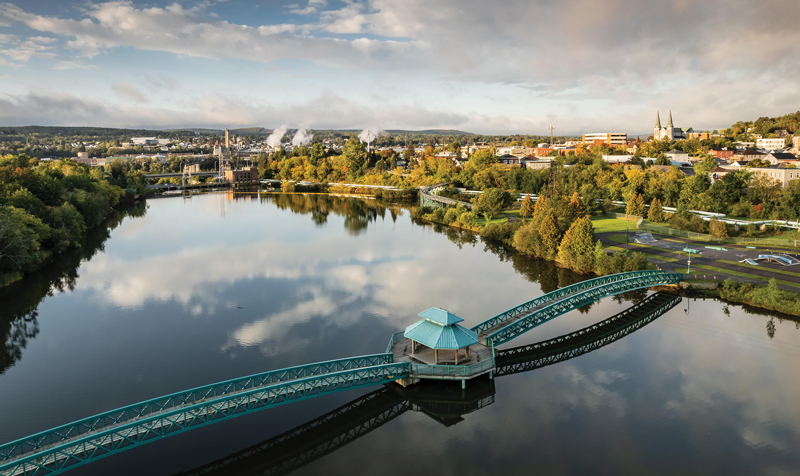
All of which may prompt many, both in and out of the tourism industry, to ask through their big, broad smiles: What happened? In fact, according to experts, it’s not complicated. Start with widespread vaccination programs, add loosened travel and social distancing restrictions, throw in a huge dollop of pent-up demand, and hey presto: Happy days are here again. And not just here.
“After stronger than expected recovery in 2022, this year [2023] could see international tourist arrivals return to pre-pandemic levels in Europe and the Middle East,” reported the United Nations’ World Tourism Organization (UNWTO) in January. “Based on forward-looking scenarios for 2023, international tourist arrivals could reach 80 per cent to 95 per cent of pre-pandemic levels this year, depending on the extent of the economic slowdown, the ongoing recovery of travel in Asia and the Pacific, and the evolution of the Russian offensive in Ukraine, among other factors. More than 900 million tourists travelled internationally in 2022—double the number recorded in 2021. Several destinations have already recovered 2019 levels.”
Like Northern New Brunswick, where Bérubé Gagné keeps close track of such things. Across the Acadian Peninsula and the Madawaska-Edmundston region, room sales were up 28 per cent last year compared with 2021. According to her. “We are back to where we were pre-pandemic in 2019 for levels of occupancy. In 2020, a normal July in this region would have seen 90 per cent occupancy. That came down to 15 or 12 per cent. It was really devastating. This year, so far, we are right back up and even above those numbers.”

“I think we’ve actually come back stronger and more adaptable than we were.”
—Joanne Bérubé Gagné, Executive Director, Edmundston Tourism
Still, she adds, that’s only one indicator. The real proof of life comes from the people who do local tourism’s heavy lifting, themselves. “There’s new investment—new hotels going up. Altogether, there’s a $1-billion investment in the Edmundston area alone. We’ve launched a new festival, which takes place at the end of July. So all that’s also a good sign that tourism is on the way up over the long-term, because people don’t invest in an area if they don’t think there’s any potential there.”
Of course, she says, people were discouraged during the pandemic. “We are at the crossroads between Quebec and the State of Maine. The cluster of communities here was hit really hard by the pandemic because of the cross-border traffic and relationships.”
But, she notes, they were resilient. “They had time to think about new things—opportunities, improvements. The quality of a lot of the lodgings changed with new renovations and restaurants. People were really creative. They kept buying local and got the community together. They said, ‘Okay, we need to survive this period. If nobody’s going to help us survive, we need to invest and make things happen for ourselves.’ I think that’s what happened.”
Over the past two years, that sense of civic purpose has certainly guided Conception Bay South, where Darrin Bent can’t say enough about his community’s resilience and defiantly cheerful outlook. It also hasn’t hurt that CBS was already renowned for a certain urban-country vibe that easily appealed to in-province travellers during the pandemic.
“Because we are perfectly located, we’ve positioned ourselves and lifestyle choices for families, businesses and their employees,” he says. “We’re not far from the airport. We’re on Conception Bay, which has beautiful weather. It’s natural for us to promote ourselves as the best destination for day trips. That’s basically who we are and will always be.”
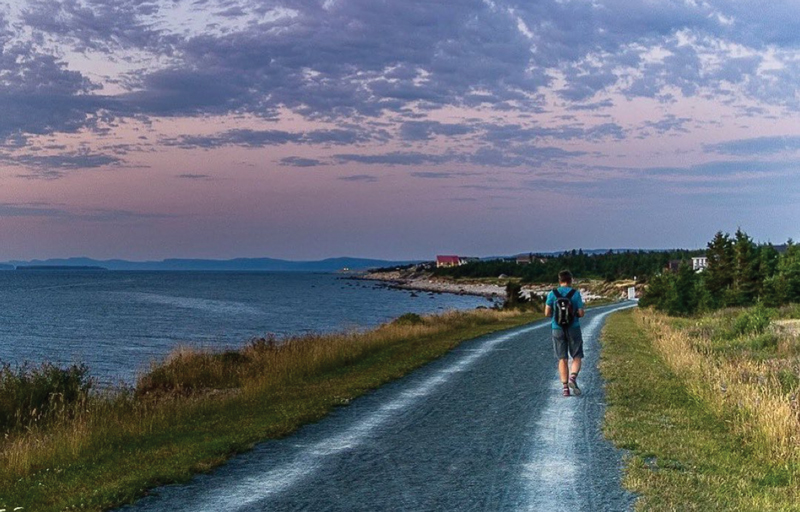
He adds: “During the pandemic, we actually saw an influx of visitors—people leaving the urban areas to come to our shoreline to enjoy our beaches, to visit our marinas. Many people discovered our community during that time of lock-down—when they didn’t have indoor places to go, but could do things outdoors. We were, and are, the perfect outdoor community. We have an amazing trail system. We have amazing ocean views and sunsets.”
The results for CBS were, for lack of a better word, enviable. “In 2022, even though the economy was not great for a lot of people, our municipality saw amazing revenue,” Bent reports. “Of course, the cost of everything was going up, but our business community remained strong, and so did visitor traffic. In the past 12 months, alone, we’ve had 300,000 people on our Trailway system. We will be expanding it over the next two years.
Indeed, like Bérubé Gagné, Bent sees great things ahead. “It’s our 50th anniversary of incorporation,” he says. “We’re welcoming back the world-famous Snowbirds in June. We’re expanding our Savour CBS Festival, promoting the produce that we grow and our local chefs and restaurants. We’re opening our brand new library resource center, an 8,000 square-foot facility that even has an outdoor reading garden. It’s going to be a banner year for tourism in Conception Bay South.”
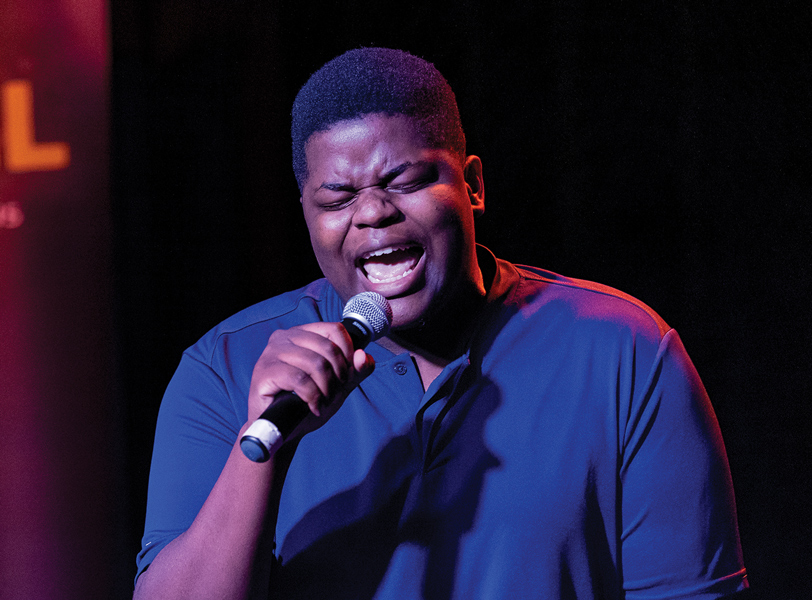
Tulk-Lane also sees some positives coming out of the pandemic, though she—like the others—wouldn’t wish to repeat the experience. “In 2018 we commissioned a report by BDO that estimated that the music industry contributes $51.5 million to Newfoundland and Labrador’s economy through direct, indirect and induced means. [But] over two years ago when I joined MusicNL, I didn’t hear the word ‘music’ used much by policy makers or see the word ‘music’ in municipal documents relating to tourism. What I did hear and see was music as a backing track.”
Now, she says, since 2020, “MusicNL has grown to be the second largest music industry association in Canada—next to British Columbia. Compared to 30 years ago, MusicNL now has 830 members, representing many genres—including our beloved traditional Newfoundland and Labrador music. We’re experiencing a mixing of different cultures, which is beautiful. I am happy to say that our membership continues to grow and that we are cultivating music at home that is celebrated everywhere.”
Tulk says MusicNL has proven its value to the sector and shown how it elevates its artists “to the next level. We’ve become deliberate in engaging international students attending Memorial University and the College of the North Atlantic and bringing their musical backgrounds and traditions with them. We have grown our international membership from five to 60 in two years. We’ve opened our arms and embraced an entire sector and all genres.”
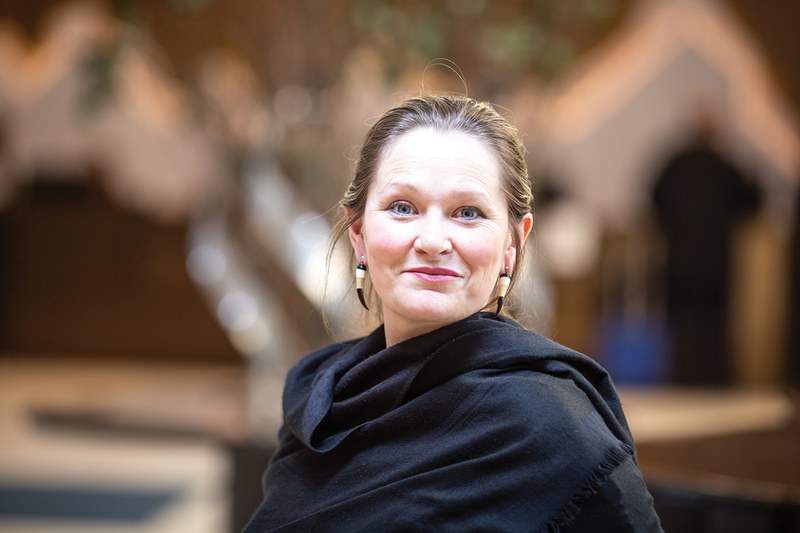
“In 2018 we commissioned a report by BDO that estimated that the music industry contributes $51.5 million to Newfoundland and Labrador’s economy through direct, indirect and induced means.”
—Rhonda Tulk-Lane, Executive Director, MusicNL
She adds: “As our provincial and federal governments put a push on immigration, our music culture is becoming more diverse. Many tourists that come to our province want to experience traditional music—the music that we are known for, [like] the good old kitchen parties, which are very much alive. Complement this with increased immigration and diversity of genres you have a rich, enhanced music sector.”
At the Algonquin Resort, the visitor experience is clearly in full bloom again. Says Porter: “It appears as though every category of travel is up. The corporate travel, individual travel, tour, the message is clear—travelers are just so happy and excited to be back again. Everyone has that travel bug again. There’s no place like this if you’ve never been here. It’s the history. It’s the scenery. It’s the people. It’s the uniqueness of the area But it’s also the feeling you get no matter how many times you drive up to our doors. It’s our castle-like atmosphere. It’s our championship, award-winning golf course—with 10 incredible scenic views on the back nine—which underwent a multi-million-dollar renovation 10 years ago, and that’s coming to light. It gets better every single season that you’re here.

What’s more, she says, the town of St. Andrews and the Algonquin continue to support one another. “We are uniquely tied to Ministers Island, which is very close to us. We are a partner with Ministers Island, offering, again, a unique experience. Where else can you drive across an ocean floor to experience an adventure rich in history? I truly believe there is a magical feeling when you experience the Algonquin. The Marriott brand brings a benchmark of unforgettable experiences in all areas, such as customer service excellence, culinary delights, award-winning golf course and Aveda spa. When guests arrive at the resort they’re coming to unwind or truly delve into the experiences at the property, and also the town itself. Consider the celebrations and those historic milestone moments—whether that’s weddings or anniversaries. It feels as though our guests were longing for those cherished experiences too. It truly has been a great year for the hotel, as well as for the town.” That’s a sentiment that both Campbell and McKenna can get behind.
“It’s just like everybody’s trying to get out,” McKenna laughs.
Says Campbell: “We have early counts on cruise and conventions this year that show record arrivals like we’ve never seen before.”
Based on its resounding resurgence in 2022, Atlantic Canada’s tourism sector is well on its way to a winning comeback.
Comment policy
Comments are moderated to ensure thoughtful and respectful conversations. First and last names will appear with each submission; anonymous comments and pseudonyms will not be permitted.
By submitting a comment, you accept that Atlantic Business Magazine has the right to reproduce and publish that comment in whole or in part, in any manner it chooses. Publication of a comment does not constitute endorsement of that comment. We reserve the right to close comments at any time.
Cancel